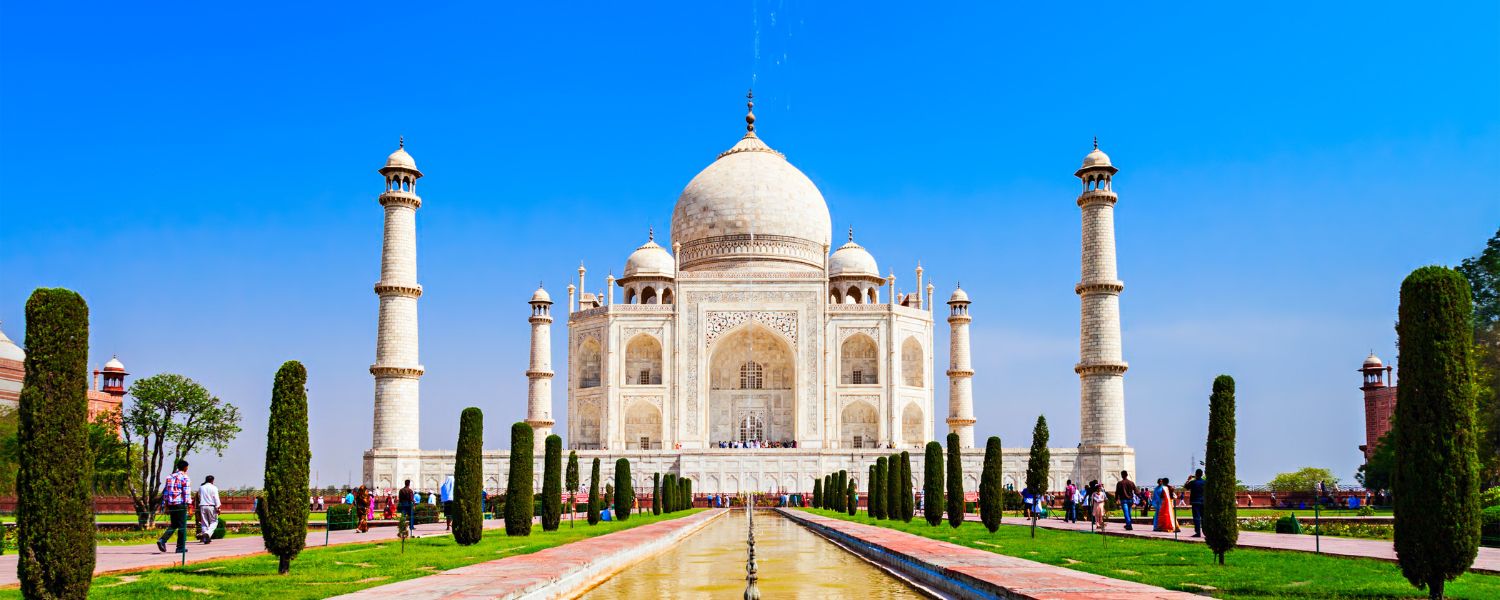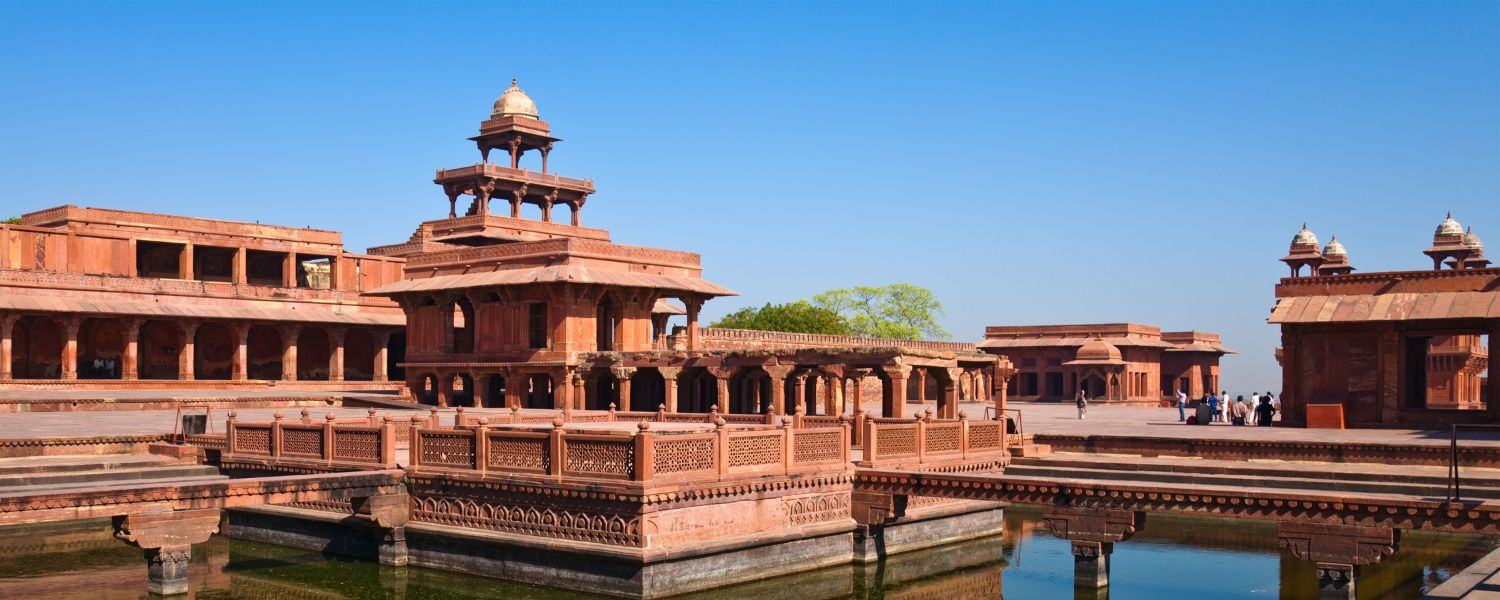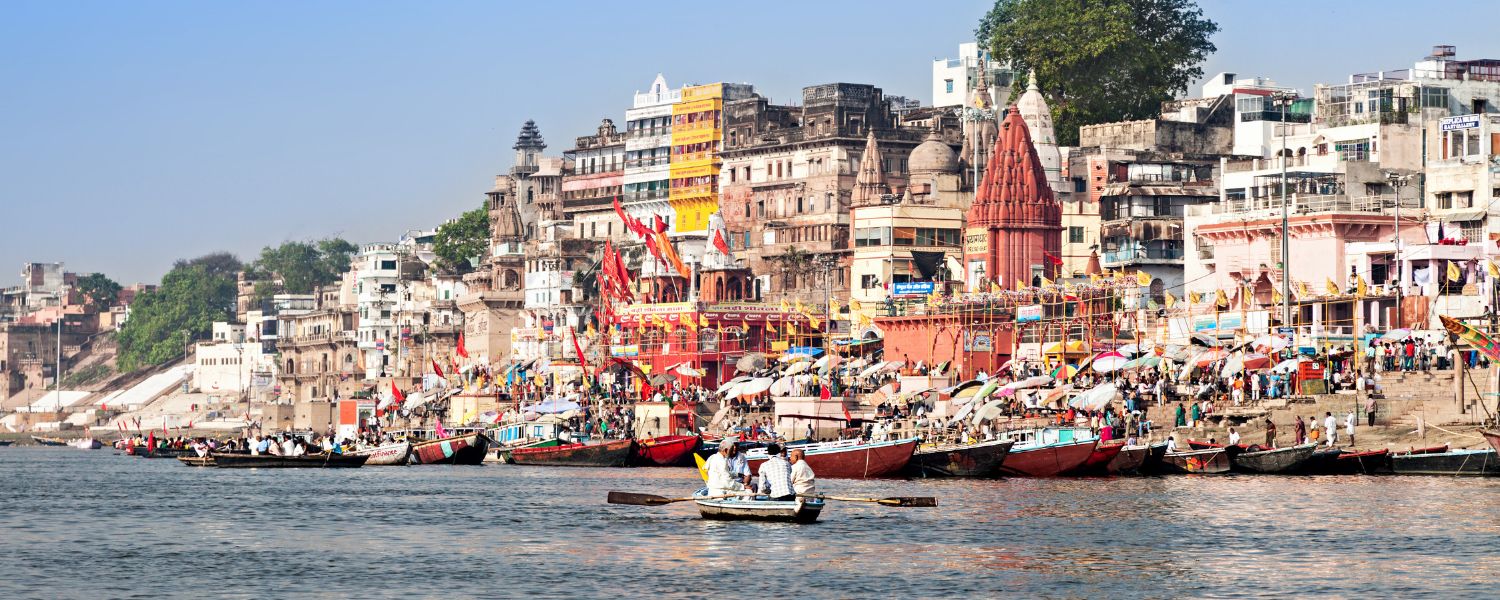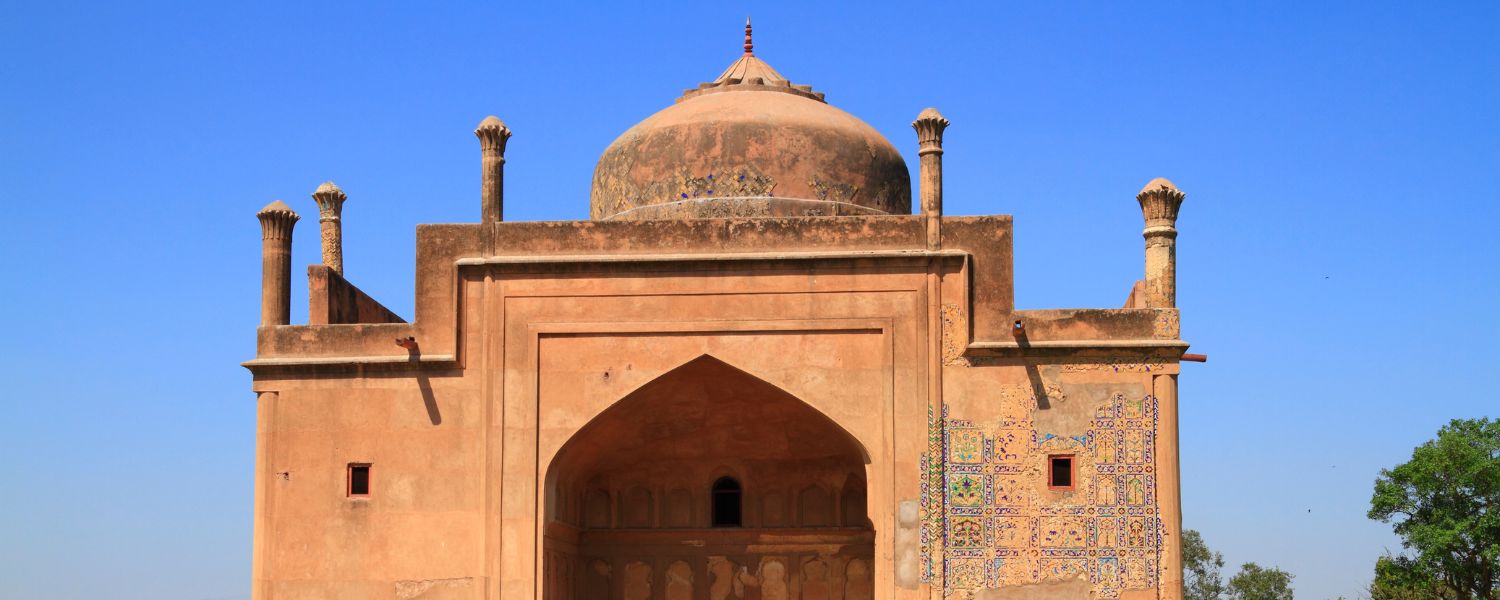Uttar Pradesh has a culture with a long and rich history, evident in the state’s many notable historical monuments. These monuments from the various eras of India’s history are a testament to the diversity and importance of the region. They are a reminder of its grand architectural and cultural legacy.
Uttar Pradesh offers an immense variety of architectural marvels, from the iconic Taj Mahal to the ancient Buddhist shrines scattered across the state. These monuments are a source of pride for the people of Uttar Pradesh and provide a unique glimpse into the past.
Many of these monuments are protected by UNESCO World Heritage Sites and have become popular tourist attractions that have greatly enhanced the state’s economy.
Uttar Pradesh’s majestic historical monuments represent its glorious heritage and should be appreciated and preserved for future generations.
1. Taj Mahal

It is a remarkable monument in Agra, India, and is a UNESCO World Heritage site. The construction of this magnificent edifice was initiated in 1632 by a Mughal emperor Shah Jahan as a tribute to the cherished memory of his beloved wife, Mumtaz Mahal.
The monument is built with pure white marble and has intricate designs in red sandstone and inlay work. It is considered an exemplar of Mughal architecture and is renowned for its beauty and grandeur. It has four minarets and a central dome, which provide an impressive sight together with other decorations.
2. Fatehpur Sikri

Fatehpur Sikri is a historic complex near Agra, Uttar Pradesh in India. In 1569, Mughal Emperor Akbar commissioned its construction, and for 14 years, it functioned as the epicenter of his empire until he decided to move his court to the modern-day city of Agra.
The complex consists of several palaces and monuments, all built using local red sandstone and incorporating traditional Mughal architecture. In 1986, it earned the prestigious UNESCO World Heritage designation, solidifying its status as one of India’s remarkably well-preserved Mughal cities.
3. Varanasi Ghats

Varanasi Ghats are a string of stepped bathing ghats that line the Ganges river banks in Varanasi, Uttar Pradesh, India. These ghats consist of 84 holy ghats, among which some are age-old, while others are new and modern ghats built by the ruling kings of older eras.
The most popular ghats include Assi Ghat, Dashashwamedh Ghat, Manikarnika Ghat, Panchganga Ghat, and Marnikanika Ghat. Also notable are the ‘burning ghats’, where Hindu bodies are cremated. Each ghat has its history and significance, bolstered by myth and legend and the devotees that flock there to perform religious ceremonies.
4. The Tomb of Mariam uz-Zamani

An important monument located in Sikandra, Agra, India. It is the mausoleum of the 17th-century Mughal Empress, Mariam (also known as Raja Jhad Bai and Heer Kunwari).
She was the Chief Consort of Emperor Akbar and mother of the famous Emperor Jahangir. The mausoleum, a quadrangular chhatri with a dome, is built of red sandstone and marks the approximate site of her cremation in 1623.
5. The Chaukhandi Stupa

It is an important Buddhist pilgrimage site that was constructed by Emperor Ashoka in the 3rd century BC to mark the visit of Lord Buddha. The Stupa is renowned for its striking Hindu-Muslim architecture.
It is built with a double terraced wall and contains several octagonal domed structures containing inscriptions written in Pali, a language of the ancient Buddhist scriptures. The Stupa has a sublime atmosphere, and the panoramic sight of the countryside welcomes visitors.
6. The Statue of the Standing Buddha

The Statue of the Standing Buddha is a large bronze sculpture created in the mid-seventh century in Japan. This large artwork stands nearly nine meters tall and features the beloved Buddhist deity Amida Nyorai. The image of Amida features a peaceful expression, with graceful hands positioned in a mudra gesture.
This sculpture is a great example of the popular Zen Buddhist sculptural style during this time. The wooden seat is believed to have been added in the thirteenth century, demonstrating the continued importance of this meditation figure.
This statue is known as a symbol of grace and contemplation, inspiring people to pause and look inward. It stands as a unique reminder of the lasting legacy of Buddhism in Japan.
7. Chini Ka Rauza

An impressive mausoleum located in Agra, India. It was built during the Mughal Empire in 1635 and was dedicated to Afzal Khan, a Persian commander and advisor. This structure is a classic example of Mughal architecture, with its white marble walls and intricate carvings.
The mausoleum has a massive central chamber, four arcaded corridors, and over 60 other tombs. On the surface, visitors can appreciate its calligraphic inscriptions that line the walls and its long arched entrance.
The tomb of Lal Khan, a popular local poet, is also nearby. Over the centuries, Chini Ka Rauza has become one of the most iconic monuments in Agra and is a must-see destination.
8. The Tomb of Lal Khan

Built in the 16th century, the tomb is the resting place of a famous general who served during the reign of the Mughal Emperor Akbar. The structure was constructed with the help of local red sandstone blocks featuring heavily decorated entrance gateways. Moreover, the tomb’s interior is composed of arched alcoves decorated with intricate mosaic designs and stuccoed ornaments.
The tomb also features an elevated stone platform, which is an important gathering place for locals who regularly visit to offer their prayers at the site. It is considered a historically significant landmark of the region and attracts frequent visitors from around the world who travel to marvel at its unique architecture.
9. Khusro Bagh

A large enclosed garden is located in Prayagraj in Uttar Pradesh, India. It features the tombs of Mughal prince Khusro and his siblings, along with several pavilions, an inner wall with four grand gateways, a baoli (step-well), and a mosque.
It was built in the 16th century during the Mughal Empire, it has attained the status of a preserved historic monument under the protection of the Archaeological Survey of India.
10. Agra Fort

The majestic Agra Fort graces the city of Agra in Northern India. It is a UNESCO World Heritage site and one of India’s most popular tourist attractions. It was built in the 16th century by Mughal emperor Akbar and later expanded by his grandson Shah Jahan.
The red sandstone fort is visible from the famous Taj Mahal, both of which demonstrate the grandeur of Mughal architecture. Inside the fort are several impressive palaces, gates, and courtyards.
11. Bara Imambara

The monument was constructed in the 18th century by Asaf-ud-Daula, the fourth Nawab of Awadh, and is said to be one of the most iconic structures in India. The structure’s purpose was to offer employment to the people of Awadh, who were facing a severe famine.
The main attraction of the Imambara is its large and intricately designed maze, or Bhool Bhulaiya, located on the structure’s top floor. Visitors can find a labyrinth of narrow pathways inside the maze with several dead ends, making it confusing to navigate. Other attractions of the Imambara include an impressive mosque and a large hall called the Asfi Mosque.
12. Jhansi Ka Quila

Jhansi Ka Quila is a fortress located in Jhansi, India. The citadel is said to represent the power of the Indian rulers and is a symbol of grandness and valor.
It was constructed by Chhatrasal, a Bundela Rajput ruler, in the eighteenth century and was expanded by Rani Laxmi Bai, the ruler of Jhansi in the nineteenth century.
13. Dhamek Stupa

Dhamek Stupa is an ancient Buddhist monument in the Indian city of Sarnath, Uttar Pradesh. It is one of the world’s oldest and most important Buddhist monuments and was constructed in 500 BCE by Emperor Ashoka. The Stupa is made of brick and stone and stands 28 meters tall.
It contains the remains of Lord Buddha and is a symbol of faith, peace, and harmony. It is an important pilgrimage site for Buddhists and a popular tourist destination.
Conclusion
The historical monuments of Uttar Pradesh are a testament to the centuries of rich culture, heritage, and courage of its people. Visiting these monument sites provides a glimpse into the bygone eras of the Mughal Empire, the Marathas, and various other Empires that held sway over the land.
These Monuments of Uttar Pradesh are still standing tall despite wars, natural disasters, and government changes. The iconic monuments like the Taj Mahal, Agra Fort, and Fatehpur Sikri are an ode to Uttar Pradesh’s many former rulers’ beauty, craftsmanship, and ingenuity. Visiting these monuments is just the beginning of an amazing journey to the history and culture of Uttar Pradesh.
Through visiting them, one can appreciate the glorious legacy of bygone eras and experience a little of the joy, beauty, and grandeur the people of Uttar Pradesh experienced so many years ago.










